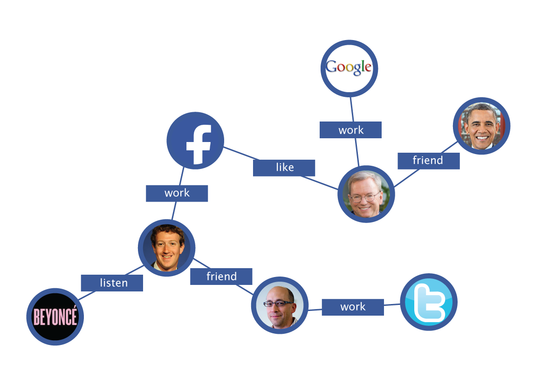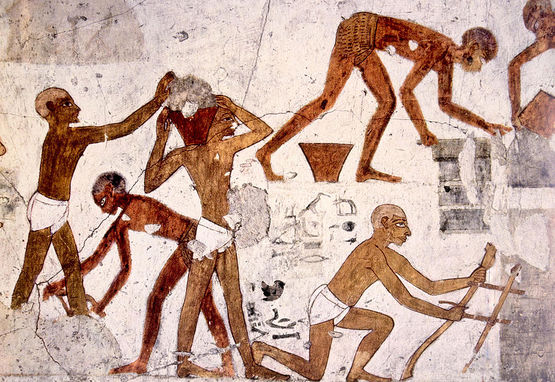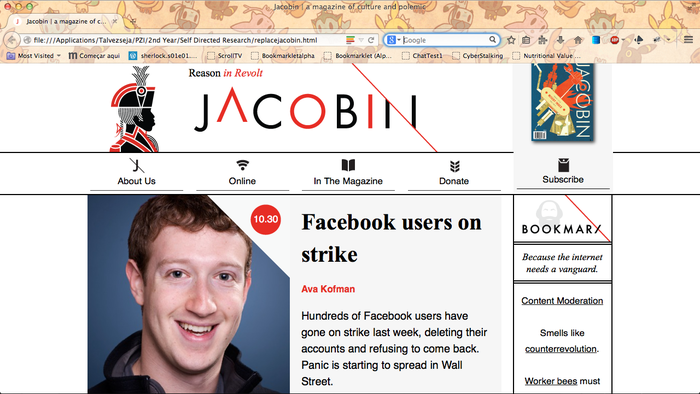User:Lidia.Pereira/GPS/HP: Difference between revisions
| Line 57: | Line 57: | ||
First exercise to be done, wherein I experiment with different news sources, adjusting the news' content to the character of the spoofed website. Could do with more subtlety. | First exercise to be done, wherein I experiment with different news sources, adjusting the news' content to the character of the spoofed website. Could do with more subtlety. | ||
[[File:hackpact11.png | | [[File:hackpact11.png | 700px]] | ||
[[File:hackpact11(2).png | | [[File:hackpact11(2).png | 700px]] | ||
</div> | </div> | ||
Revision as of 01:44, 3 November 2014
Bust cards
Bust cards are common tools in activist circles. Highly portable and inconspicuous, they are generally handed out to protesters containing information about their rights in case of arrest. This small exercise attempts to demonstrate what a bust card would look like in the case of digital rights.
Like Standard
Borrowing directly from the project ""Oil Standard", the "Like Standard" would be a plugin which converted all prices to the correspondent amount of Facebook likes. The idea here is not so much to get the exact value right, but to equate social media activity with labor and economical value, by making this relationship visible.
FaceDollars
In another attempt to make visibility the economical relationships patent in Facebook's business model, FaceDollars would be a plugin which would introduce a visible financial atmosphere into the platform. By publishing statuses, liking pages, filling out his/her profile, etc, the user would be rewarded with the correspondent amount of FaceDollars. However, when the opportunity arose for him/her to use them to purchase some FB goodies, he/she would be confronted with the impossibility to use that which doesn't belong to them. The intention behind this is to play with the duo desire/frustration so as to make the point stronger.
Silicon Valley Social Graph
In an attempt to destroy from within by appropriating the "opressor's" language and signs, the Silicon Valley social graph would be a detailed map of power relationships in (and outside) Silicon Valley, using it's bi-dimensionality against itself to expose the inherent promiscuity. Here's a sketch of what it might look like:
Cultural Jamming Experiments pt.1
Set of small experiments comprising the appropriation of well known identities with the intent of turning it on their heads, in some cases, or just updating pre-existing campaign symbols, in others.
Cultural Jamming Experiments pt.2
Set of small experiments comprising the appropriation of paintings under the theme of labor, so as to make obvious the hidden labor relationships within social media's business model.
Press Release
Press Release to be sent upon completion and polishing, announcing the return of Facebook's online form for the request of user data, which was retired after an overload of requests. In its place, only an option to download one's own profile was left.
Spoof News
First exercise to be done, wherein I experiment with different news sources, adjusting the news' content to the character of the spoofed website. Could do with more subtlety.

















